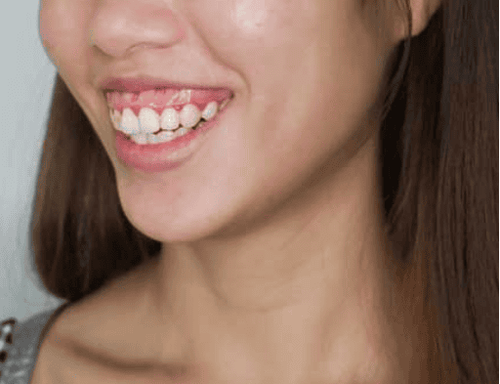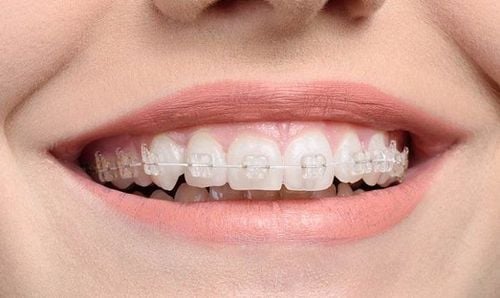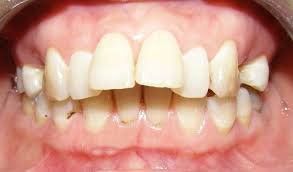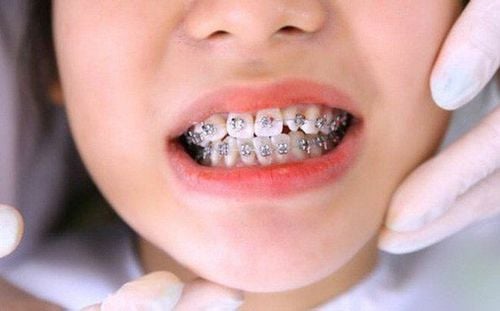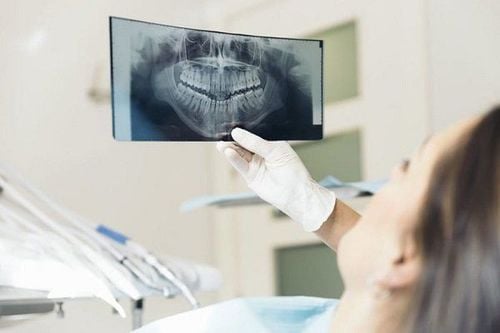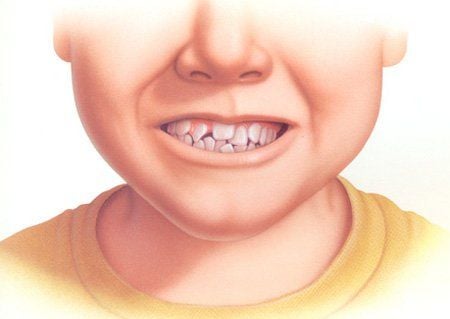This is an automatically translated article.
The article was professionally consulted by Specialist Doctor II Nguyen Khanh Nam - Doctor of Odonto-Stomatology - Department of General Surgery - Vinmec Nha Trang International General Hospital.1. What are braces?
Orthodontic braces are a useful solution for those who are in need of improving their teeth. The archwire is an important instrument and is one of the most popular methods of braces today.
The arch wire has a long and thin structure, usually fixed with brackets located on the crown of the tooth. During the treatment, the doctor will have the task of affecting these archwires a pulling force to adjust the teeth to move to the desired position.
During orthodontic treatment for customers, after firmly attaching brackets to the roots of teeth, the dentist will put additional archwires into the grooves between these brackets, then use more wires elastic to fix later. Currently, a new method of braces with self-ligating brackets has been born, then the arch wire will be able to automatically slide between the grooves of the brackets.

2. What is the role of the arch wire in the braces method?
Braces arch wire is one of the most important orthodontic appliances, whose main effect is to help correct misaligned teeth to the standard position on the jaw arch. Depending on the stage, the bowstring will have different uses.2.1. Leveling Stage Wires used in the initial stage require them to have low stiffness, high elasticity and the ideal wire to use during this treatment phase is the Niti arch wire. In order to achieve the goal of aligning teeth evenly with the arch, the size of the arch wire used by doctors will be 0.014 and 0.016.
2.2. The period of space closure in braces The most important stage of orthodontics, at this time the patient will see a noticeable change in his face by using Stainless Steel arch wire (stainless steel wire) to open the space. back, straighten the front teeth and correct the gap between the two jaws. Treatment time is from about 4 to 8 months, usually using a bowstring size 0.016 x 0.025 and 0.019 x 0.025.
2.3. Correction and maintenance phase If the above two stages progress well, in this complete stage, it only takes about 2-8 weeks to correct the occlusion. Niti braces with a size of 0.019 x 0.025 are often used by doctors during this period, helping to adjust and maintain a stable bite.
3. How many types of braces are there? How is the effect?
Archwire is usually made from a number of alloys, the most common being stainless steel, nickel-titanium alloy (NiTi) and titanium-Beta alloy. From the manufacturing components, there can be 5 types of wire in braces with different sizes. Specifically as follows:3.1. Precious Metal Alloy Orthodontic Arches Precious metals such as gold, platinum, and silver have been used in dentistry since 1887 by scientist Edward Angle. This type of bowstring has good corrosion resistance, high ductility and elasticity, the disadvantage is its high cost. The main composition of the precious metal wire will be Gold (55% – 65%), Platinum (5 – 10%), Palladium (5 – 10%), Copper (11 – 18%) and Nickel (1 – 10%). 2%).
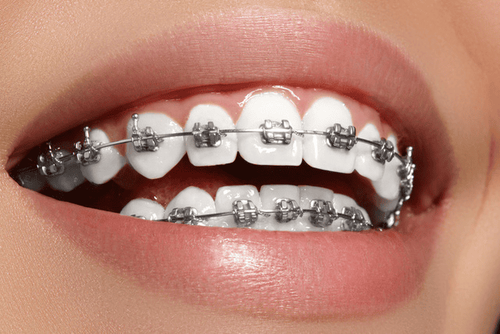
3.3. Cobalt - Chromium archwires In the 1950s, cobalt-chromium alloy archwires began to be used in orthodontics with a composition consisting of cobalt (40%), chromium (20%), iron (16%) and nickel (15%). This type of wire has strong pulling force but relatively weak stiffness, so it cannot treat complex orthodontic cases. Therefore, Cobalt - Chromium orthodontic archwires are rarely used in today's treatment.
3.4. Nickel - titanium (Niti) bowstring This type of bowstring was researched and developed by scientist William F. Buehler in 1960. Since its introduction to the market so far, Niti braces are still the the most commonly used alloy in most types of braces. With composition including 55% Nickel and 45% Titanium, has low hardness, super ductility, high elasticity.
3.5. Titanium - Beta Arches (TMA) This braces arch wire with components including Titanium (79%), Molybdenum (11%), Zirconium (6%) and Tin (4%). This alloy is known by the trade names TMA alloy or Titanium – Molybdenum. This is a type of arch wire that can increase or decrease the length during treatment for patients, bringing relatively good results in orthodontic treatment.
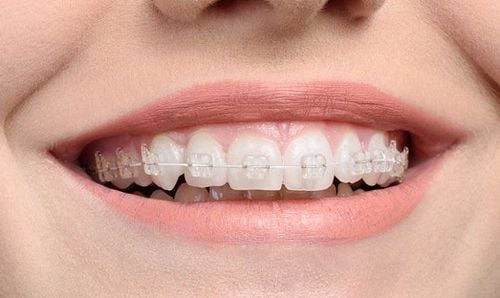
In addition, Vinmec gathers a team of experts, leading doctors with high qualifications, experience, dedication and devotion to the health of patients.
Please dial HOTLINE for more information or register for an appointment HERE. Download MyVinmec app to make appointments faster and to manage your bookings easily.





